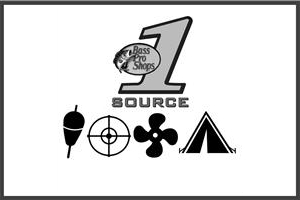
As a former U.S. Open & World Calling Champion, so often I’m asked, what’s my favorite call…my answer is, “The one the turkey likes on that given day.”
Every bird is different, every scenario is different, and every day is different. That really dictates that I must take a variety of calls with me. A short and long box, a slate and an aluminum pot call, a tube call, a trumpet yelper, a fist full of different reeded mouth yelpers, locaters include a crow call, coyote howler, and owl hoot with my natural voice and several different strikers for my pot calls.
But, let it be said, more turkeys have been brought to and killed with the sound of a box call, than all the others put together. A simple yelp and cluck on a short box will do the trick 85% of the time. No matter what call one selects, learn how to make sounds, then once you get a sound, any sound, try to match it with a turkey sound that you can listen to on tape., DVD’s, CD’s, off the internet or on real turkeys.
The most important element of calling is to deliver the turkey sound in the rhythm that a turkey delivers it. Turkey’s make some really “bad sounding” calls, especially yelps, but if you imprint the rhythm of the call in your mind and deliver your sound in the turkey’s rhythm, you’ll sound like a real turkey no matter how bad the actual sound is. Case in point, my dad is an excellent turkey hunter, but his calling sounds so-so up close. When you get back a hundred yards it sounds like a turkey because his rhythm is perfect. He’s got a stash of longbeards to prove it.
Calling is often times overrated. When you consider the magnitude of the annual harvest and compare that to the small number of champion turkey callers, clearly, expert calling must not be the only factor in the success of the turkey hunter. Position and patience rank #1 and #2 in importance to achieve success.
- 7227 views

